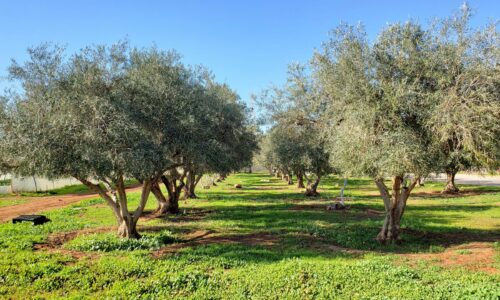Agribusiness

The International Labour Organisation estimates the agriculture and fisheries sectors provided 16.4% of the total employment in Libya in 2019. A recent labour market survey conducted by the IOM in 2021 lowered this estimate to only 1.4% of the Libyan employed population, however, in addition to the food processing industries, these sectors could be providing jobs to over 8% of the country’s employed population (Juillard H., 2021). In 2018, the FAO announced the results of the UN-led 2018 Multi-Sector Needs Assessment, which found that 22% of Libyan households were engaged in agricultural activities (FAO, 2019). In its last assessment of Libya’s private sector, the World Bank estimated that agriculture, and food manufacturing in 2017 could represent at least 2% of the country’s GDP (Rahman, 2020). In 2021, the Central Bank of Libya (CBL) released for the first time in years statistics on the GDP share of its economic sectors. In the last estimation (4th quarter of 2021), the CBL attributed to Agriculture, hunting, forestry and fishing 1.70% of the GDP generated in 2019. Other food processing activities are hard to estimate as they are integrated under the manufactures sector.




